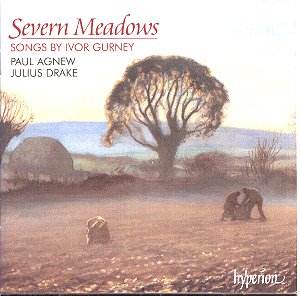 Composer: Ludwig Van Beethoven
Composer: Ludwig Van Beethoven
Works: Symphony No. 3 in E♭, Op. 55 “Eroica”; Symphony No. 4 in B♭, Op. 60
Performers: Berlin Philharmonic Orchestra, Claudio Abbado
Recording: Recorded at Berlin Philharmonie, Grosser Saal, Dec. 1999 (No. 4), March 2000 (No. 3)
Label: Deutsche Grammophon
Beethoven’s symphonies represent a pivotal shift in the trajectory of Western classical music, marrying the Classical ideals of form and clarity with the burgeoning Romantic spirit of emotional depth and individuality. The “Eroica,” composed in 1803-04, stands as a monumental testament to this evolution, initially conceived as a tribute to Napoleon before being rededicated to the memory of the great man. The Fourth Symphony, often overshadowed by its more illustrious predecessor, offers a lighter, yet equally profound, exploration of Beethoven’s musical language. Claudio Abbado’s interpretations with the Berlin Philharmonic shine a new light on these celebrated works, showcasing the orchestra’s virtuosity and the conductor’s insightful reading.
The performance of the “Eroica” is particularly engaging, characterized by a brisk first movement that emphasizes energy over grandeur. Abbado eschews the heavy-handedness that often accompanies this symphony, instead allowing the intricate counterpoint and thematic development to unfold with remarkable clarity. The Berlin Philharmonic’s strings, while leaner than in the lush Karajan era, maintain an exhilarating vibrancy that propels the music forward. This momentum is sustained all the way to the terse closing chords, a testament to Abbado’s deft control. The funeral march, marked Adagio assai, benefits from a flexible interpretation; Abbado adheres closely to Beethoven’s metronome marking while avoiding the stifling tempos that can detract from its emotional impact. The principal oboe’s contribution is particularly noteworthy, illuminating details that often go unnoticed, such as the nuanced interplay with the low horns at 10:16 in Track 2.
The Scherzo is executed with a fleet-footed precision that highlights its rhythmic intricacies, while the finale emerges as a joyful burst of creative energy. The humor embedded in the opening theme is palpable, despite the customary balance issues that arise in orchestral performances, where the oboe’s announcement occasionally struggles to cut through the orchestral fabric. Yet, this is a minor quibble in an otherwise exhilarating reading that encapsulates the youthful exuberance of Beethoven’s genius.
The Fourth Symphony, perhaps the least appreciated of Beethoven’s symphonic canon, is revitalized under Abbado’s baton. Its opening, soft yet dark, captures Beethoven’s playful wit before transitioning into an Allegro that brims with vitality. The slow movement’s spaciousness invites a contemplative response, showcasing Abbado’s ability to maintain a sense of tension without sacrificing lyrical expressiveness. While the Scherzo could benefit from a touch more dynamism, the finale’s measured Allegro ma non troppo allows for expressive moments to flourish, revealing the bassoon’s agility in the recapitulation.
The recording quality is exemplary, with the Deutsche Grammophon engineers achieving a balance that allows each instrumental voice to emerge distinctly. The soundstage is spacious, enhancing the orchestral texture without resorting to spotlighting individual players at the expense of the ensemble’s cohesion. This recording stands alongside notable versions from Carlos Kleiber, particularly in its interpretative freshness and clarity.
Abbado’s approach to these symphonies, while potentially perceived as lighter by some purists, captures the essence of Beethoven’s innovative spirit. The performances are robust yet nuanced, brimming with a youthful exuberance that resonates throughout both works. This release is not only a valuable addition to the catalog but also a compelling invitation to revisit and appreciate two symphonic masterpieces of the early 19th century.



